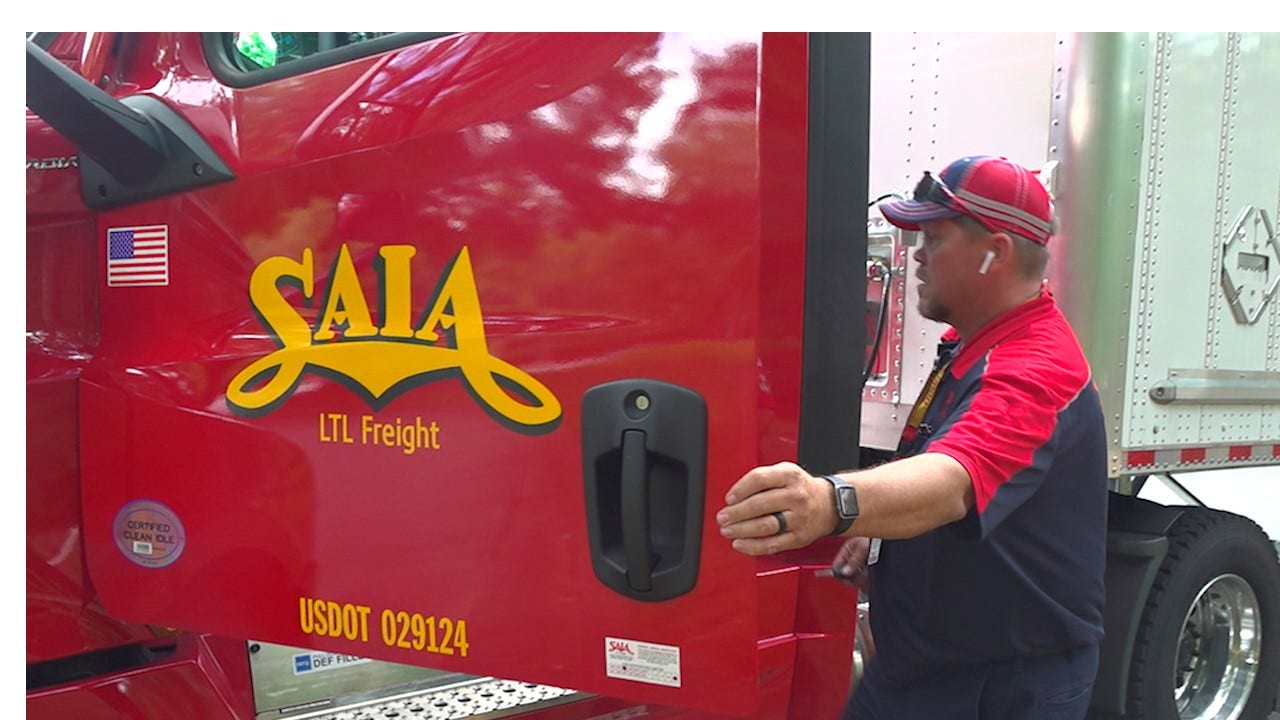- May 1, 2006
- 3,519
- 2,442
- Awards
- 12
- First Name
- Alex
COVID has disrupted car dealers three times and is about to hit the fourth.
The first time was being deemed a non-essential business and shutting down physical sales operations. Vendors reacted with deep discounting, dealers rushed to digital retailing, all with a mix of dealership layoffs and cuts.
Once dealers were allowed to fully open, bored customers armed with government checks and deep new-car incentives knocked dealers' front doors down. Dealers quickly realized they could hit new records with a reduced sales staff. There was no time to talk to vendors. This was the second disruption.
A chip shortage paired with high demand has driven the supply of new and used cars down. It has also driven profit per sale to record highs, but there are fewer cars to sell in the third wave of COVID disruptions.
The fourth wave will begin in the Summer of 2021 for many franchised dealers. By the Fall, all may be experiencing it.
Car manufacturers have one main job: building cars. They have a number to produce in order to hit projections for owners, investors, suppliers, etc. A chip shortage can lower those numbers and kill the production of specific models, but it isn't going to deter overall vehicle production. Just because the F150 can't be built doesn't mean Ford won't increase production on other models that can be. The exception to this rule might be Hyundai because reports show all their models are affected by the chip shortage. On the other end of the spectrum are the top Japanese manufacturers rumored to have stockpiled chips since the Fukushima meltdown (lesson learned?).
It is probable that dealers will begin to see the new car carrier trucks rolling in with the same few models of vehicles again and again and again throughout 2021.
At first, this should be exciting! More cars to sell!
After selling the bulk of the customers who wanted one of those models, things will begin looking dire again. Hopefully, manufacturers will answer with incentive money, and dealers can get back to doing what they do best.
Now is a good time to begin keeping track of each model your customers are interested in. If your CRM can't do this, create a spreadsheet, update the desklog, and check on some of the newer things in the marketplace equipped for a retail world where one customer can be interested in more than one car.
The first time was being deemed a non-essential business and shutting down physical sales operations. Vendors reacted with deep discounting, dealers rushed to digital retailing, all with a mix of dealership layoffs and cuts.
Once dealers were allowed to fully open, bored customers armed with government checks and deep new-car incentives knocked dealers' front doors down. Dealers quickly realized they could hit new records with a reduced sales staff. There was no time to talk to vendors. This was the second disruption.
A chip shortage paired with high demand has driven the supply of new and used cars down. It has also driven profit per sale to record highs, but there are fewer cars to sell in the third wave of COVID disruptions.
The fourth wave will begin in the Summer of 2021 for many franchised dealers. By the Fall, all may be experiencing it.
Car manufacturers have one main job: building cars. They have a number to produce in order to hit projections for owners, investors, suppliers, etc. A chip shortage can lower those numbers and kill the production of specific models, but it isn't going to deter overall vehicle production. Just because the F150 can't be built doesn't mean Ford won't increase production on other models that can be. The exception to this rule might be Hyundai because reports show all their models are affected by the chip shortage. On the other end of the spectrum are the top Japanese manufacturers rumored to have stockpiled chips since the Fukushima meltdown (lesson learned?).
It is probable that dealers will begin to see the new car carrier trucks rolling in with the same few models of vehicles again and again and again throughout 2021.
At first, this should be exciting! More cars to sell!
After selling the bulk of the customers who wanted one of those models, things will begin looking dire again. Hopefully, manufacturers will answer with incentive money, and dealers can get back to doing what they do best.
Now is a good time to begin keeping track of each model your customers are interested in. If your CRM can't do this, create a spreadsheet, update the desklog, and check on some of the newer things in the marketplace equipped for a retail world where one customer can be interested in more than one car.
Last edited:









